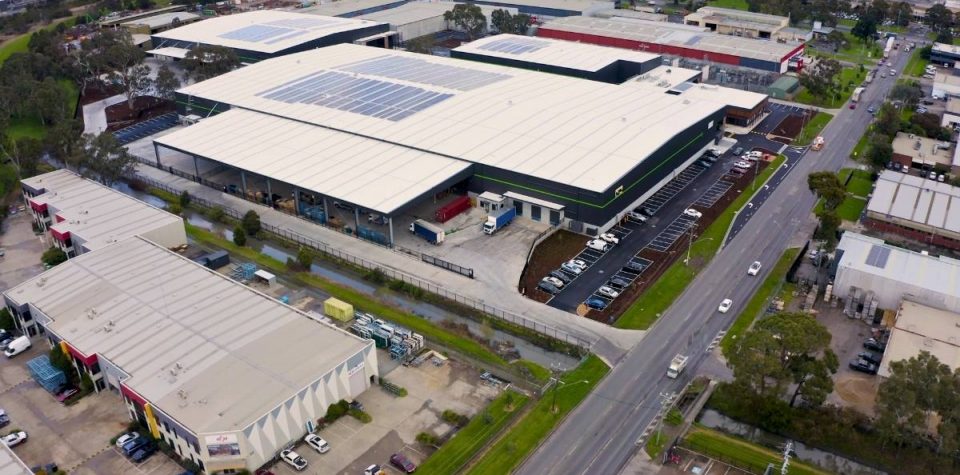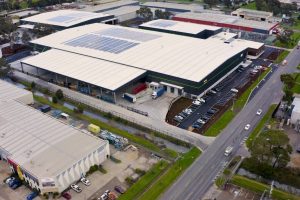Step-by-step guide for Aussie transport industry.
Table of contents:
– What is inbound logistics?
– Inbound logistics process: step-by-step
– Inbound logistics touch points
– Best practices for streamlining
– Logistics done right
You may have heard the term thrown around a lot lately, but what is inbound logistics actually about?
In simple terms, inbound logistics is the process of managing your inventory so that you have exactly what you need on hand at all times.
The goal is to make sure that your company can provide a service or product without incurring additional costs from suppliers or other vendors, while still operating effectively and efficiently.
Find out how integrating inbound logistics into your business can take your enterprise to the next level and learn how to prevent the most common blunders businesses make when adopting inbound logistics.
What is inbound logistics?
Inbound logistics is the process of managing inventory to ensure you have what you need at all times. This includes forecasting demand and ensuring sufficient quantities are in stock before customers place their orders.
The goal of inbound logistics is to make sure that your company can provide products or services without incurring any additional costs from suppliers or other vendors.
To be successful with this management strategy, companies must carefully track items carried.
They should also track how much inventory each product requires and meet customer expectations by offering fast deliveries when orders are placed.
For optimal results, companies using inbound logistics must coordinate with suppliers to provide enough inventory, while also preventing a surplus of inventory on their own shelves. It’s a fine balance.
This is typically accomplished through a combination of electronic data interchange (EDI) systems. This allows companies across various industries and supply chains to communicate more efficiently.
Inbound logistics process: Step-by-step
Managing inventory through inbound logistics typically involves a few different systems and has many steps. It’s complex, with lots of things happening at the same time. (But remember that you need to do these things anyway, and using software to support your inbound logistics makes it easier.)
Let’s take a closer look at how you can better manage your supply chain from start to finish, without too much overlap or confusion about what needs to happen when.
▶️ Step One: Create a master schedule
For your business’s inbound logistics strategy to run smoothly, you must first create a master schedule. It should work with customer demand and supplier availability.
This will allow your company to quickly place orders for necessary items. It will also ensure customers receive their products as soon as possible.
▶️ Step two: Monitor demand to meet customer expectations
Another part of effective inbound logistics is tracking – it’s essential to track how often customers are purchasing certain items.
This helps you determine when items are likely to sell out. As a result, your company has time to place orders or make other arrangements for these product shortfalls.
▶️ Step three: Tie in suppliers with EDI systems and other protocols
For it to work properly, companies must rely on suppliers and vendors.
For this reason, many experts recommend using electronic data interchange (EDI) systems. EDI makes it easy to send requests back and forth between supply chain partners. And it can be done until the issue is resolved.
These types of protocols ensure all parties involved have access to real-time information. Information about what changes need to be made across the board.
Inbound logistics touch points
Inbound logistics often go wrong when a company fails to keep track of touchpoints throughout the process.
In fact, many businesses don’t properly understand how their supply chains work until something goes wrong. They can’t meet customer demands by shipping products from another location or working with other vendors. Here’s what you need to know about communication at these key stages.
▶️ Customer touchpoint
This point of communication occurs whenever your customers place an order for certain items. These items are those that your business carries in its inventory.
▶️ Supplier touchpoint
In this touchpoint, your suppliers must provide products quickly without too much lag time. There shouldn’t be a delay between making shipments across town or around the world.
▶️ Intermediary touchpoint
As a part of effective inbound logistics strategies, it’s important not to forget about intermediaries. These may be able to play a key role in the success of your supply chain.
Best practices for streamlining
As more businesses use inbound logistics practices each day, experts have found a few tried and true ways to keep their inbound logistics management strategies running smoothly.
1. Track your inventory with ease
Tracking inventory levels is the most important part of managing your supply chain. It is done through inbound logistics practices.
To simplify this process, many companies use software to monitor product quantities. They do so down to the individual unit level. This is done instead of tracking an entire box or carton at once.
This allows you to determine how much inventory you need without wasting time.
2. Keep an eye out for new technologies that can help save time and money
Another way companies make sure they fully utilise their inbound logistics is by keeping an eye out for new technologies. These can help them save time and money in the future.
For example, you may want to consider software that allows manufacturers to monitor production processes. This should work from start to finish without ever leaving their own facilities.
These tools are beneficial when companies have high-tech assembly and traditional manufacturing centres. This is so they can coordinate efforts across multiple locations even if teams aren’t working side-by-side every day.
Inbound logistics management helps streamline supply chain practices when it comes down to it. It will also deliver goods directly where they need to go at a moment’s notice.
By following today’s best practices, your business will run more smoothly, and make better use of your resources along the way.
Logistics done right
Inbound logistics can affect all areas of a business. It covers everything from how you receive inventory to how your team coordinates with suppliers and customers alike.
Fortunately, advancements in technology have streamlined this process by making supply chain management easier for everyone without sacrificing quality.
Contact us today if you want to learn more about getting started with inbound logistics management practices. Our experts have helped dozens of companies like yours put these strategies into action. So why don’t you try us out and see the positive impact it brings you?



